Sales performance metrics are everything when monitoring your company’s success. By keeping your eyes on the prize, you’re able to scale your business and improve your overall sales performance. We’re gonna focus specifically on remote sales performance metrics for this article.
In today’s buoyant sales landscape, remote sales teams are responsible for improving sales conversions, growth, and revenue throughout the business. The effectiveness of these teams, however, relies heavily on their ability to continually enhance sales performance metrics. Traditional sales methods don’t always suffice in a remote setting so it’s imperative you improve your sales team’s skills, both independently and collectively.
The concept of continual growth, using sales strategies such as the 1% method, underlie the importance of optimizing sales team performance. James Clear, the author of Atomic Habits, reiterates Sir Dave Brailsford’s concept of making marginal gains and improvement in everything you do. Incremental progress is vital when trying to achieve success in sales.
If you can get your sales team to cultivate powerful habits, you’re setting yourself up for a whirlwind of success. In a remote sales setting, a lot of the challenges you face are related to communication, motivation, adaptability, and, most importantly, accountability.
Let’s take a deeper dive into how to boost remote sales performance metrics.
Understanding Sales Performance Metrics
Sales performance metrics are a variety of data points used to gauge sales performance. Sales metrics play a crucial role in evaluating how effective sales processes and strategies are. By having clear data to measure your success, you can better estimate how well your efforts are translating into positive results.
These various metrics can identify the strengths and weaknesses of your sales performance/operation. From setting targets and KPIs to refining sales strategies, data-driven insights sourced from sales performance metrics will help you improve your business decisions.
In general, the main focus of a business is usually revenue and growth. With the added element of remote work, other performance metrics are deemed just as important when assessing remote sales:
1. Sales Conversion Rate
The sales conversion rate measures how effective your sales team is at converting prospects into new customers. It’s a percentage calculated by the amount of leads that are converted into customers over a given period of time.
In a remote sales setting, the sales conversion rate reveals how effective your sales team is at turning prospects into customers. As your sales calls are not in person, interactions will be less personal and it becomes harder to gauge on your potential customer’s interest. With the right online meeting software, you can alleviate some of these concerns and maximize your remote sales calls.
Conversion rates can be tracked by using a CRM platform, monitoring the leads and conversions through each sales pipeline. Generally speaking, conversions only come from those at the bottom of the marketing funnel.

For a conversion to hit, the prospect needs to:
- Be aware of their business problem,
- Have researched potential solutions,
- Be ready to make the purchase now.
When all these boxes are ticked, the sales call can culminate in a sale. If they aren’t ticked, it’s your job to start ticking them before you get the lead on the phone. For example, setting up a blog centred around the problem your business solves is a great way to provide valuable content to potential future customers.
2. Lead Response Time
Lead response time is a sales metric that reveals the average time it takes for a salesperson to follow up with a lead.
Responding to sales leads is crucial and the quicker the response, the more impact it will have on your conversion rates and general customer satisfaction. In remote sales, keeping track of the time is an important metric as communication is often asynchronous.
You can track the time it takes to respond to your leads using email tracking software. Tools that notify you about follow ups can also do this. Just remember that not all those who interact with your business are leads.
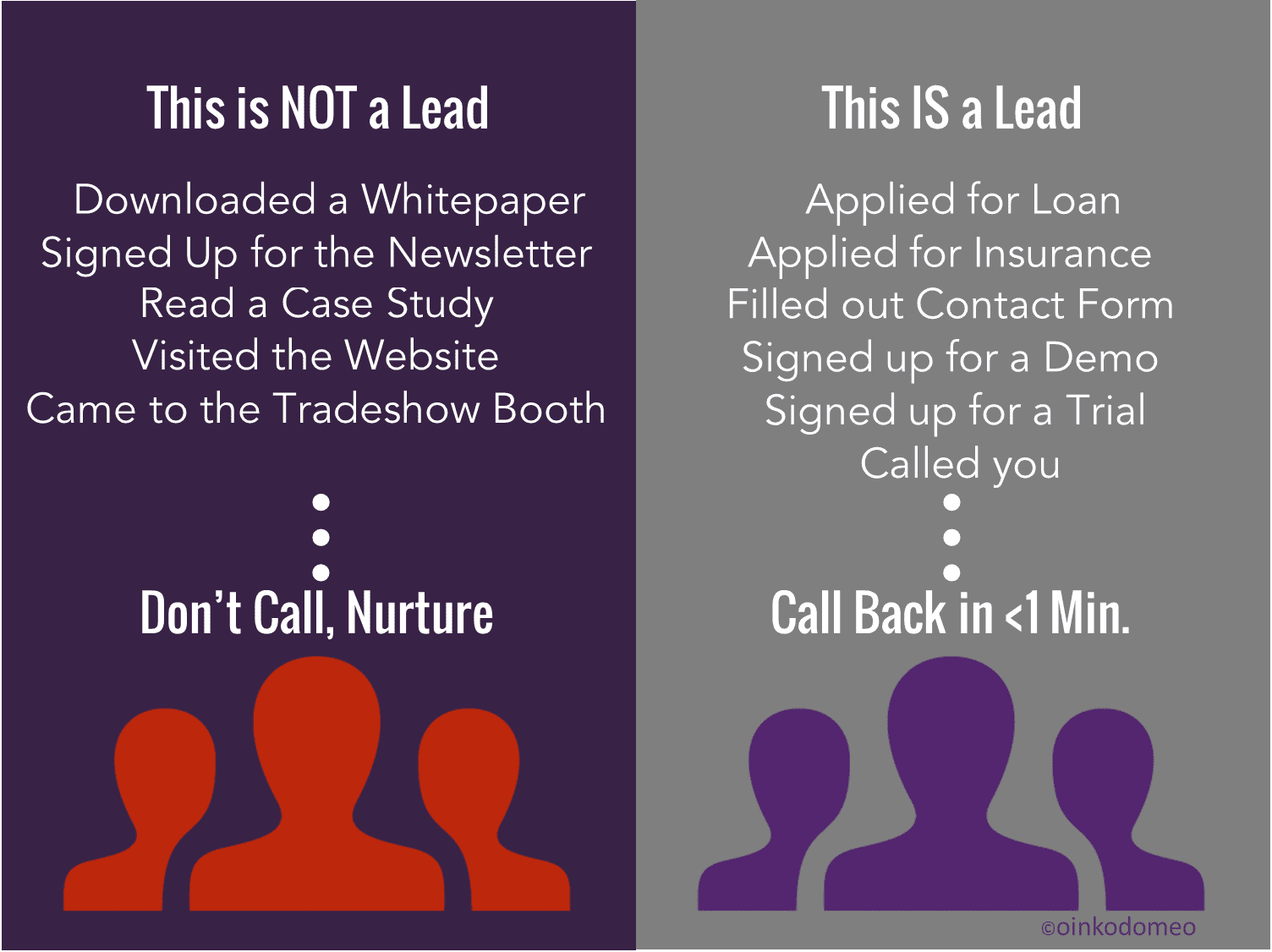
It’s important to refine your in-house distinction between leads and non-leads. Those that visit the website or sign up to your newsletter need nurturing first; they’re not ready to make a purchase so soon. But those that are calling you, signing up for demos, filling out your contact forms… They are leads and you should contact them ASAP.
These types of leads are actively searching for the solution to their business problem and they’re ready to make moves. If you let them slip away with a low lead response rate, they will find your competitor instead.
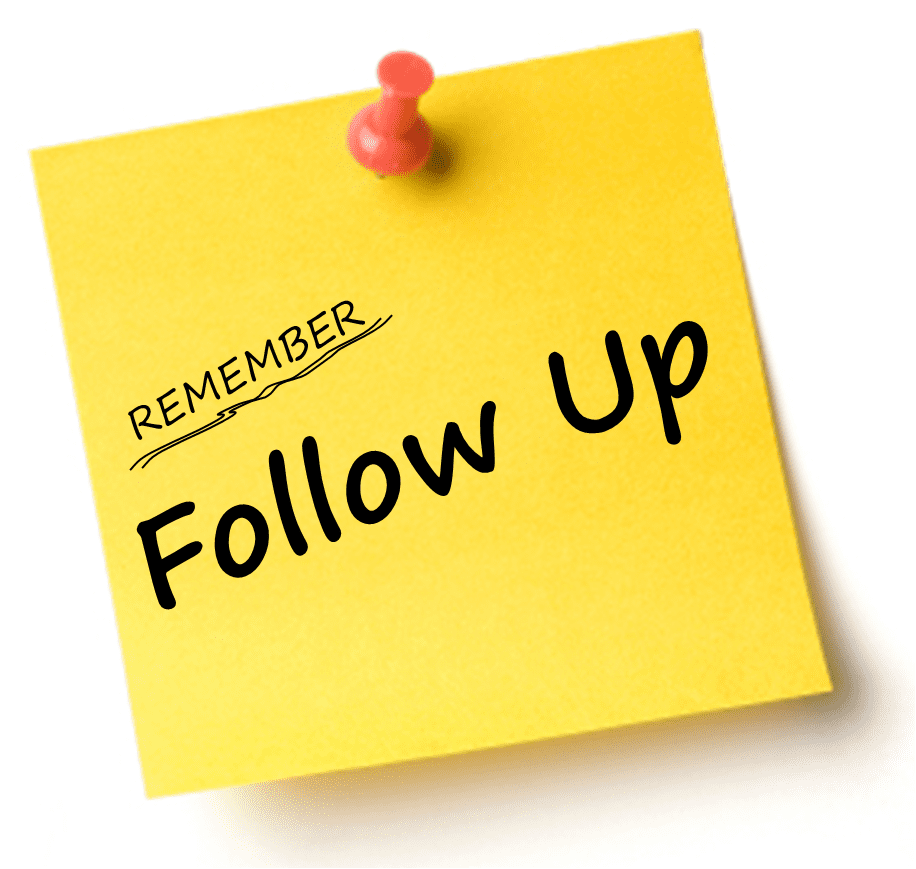
Mastering The Sales Follow-up Call: Complete Guide
If you want to master the sales follow-up, there’s a few things you need to know; call recordings are going to be the biggest game-changer.
3. Customer Churn Rate
A customer churn rate measures the percentage of customers who unsubscribe or just stop using your service over a period of time. The higher the churn rate, the more issues there could be with your service or product.
You may have to focus efforts on your customer retention a little more when working remotely. There just isn’t that same personal touch or rapport you would have built with a physical interaction. But this isn’t something to be afraid of. It’s not necessarily difficult, just different.
By monitoring your engagements with customers using a CRM, you can keep an eye on how active they are as a user. Through communication and CRM data, you can estimate your customer satisfaction, identify problems earlier on in the process, and be proactive when it comes to solving them.
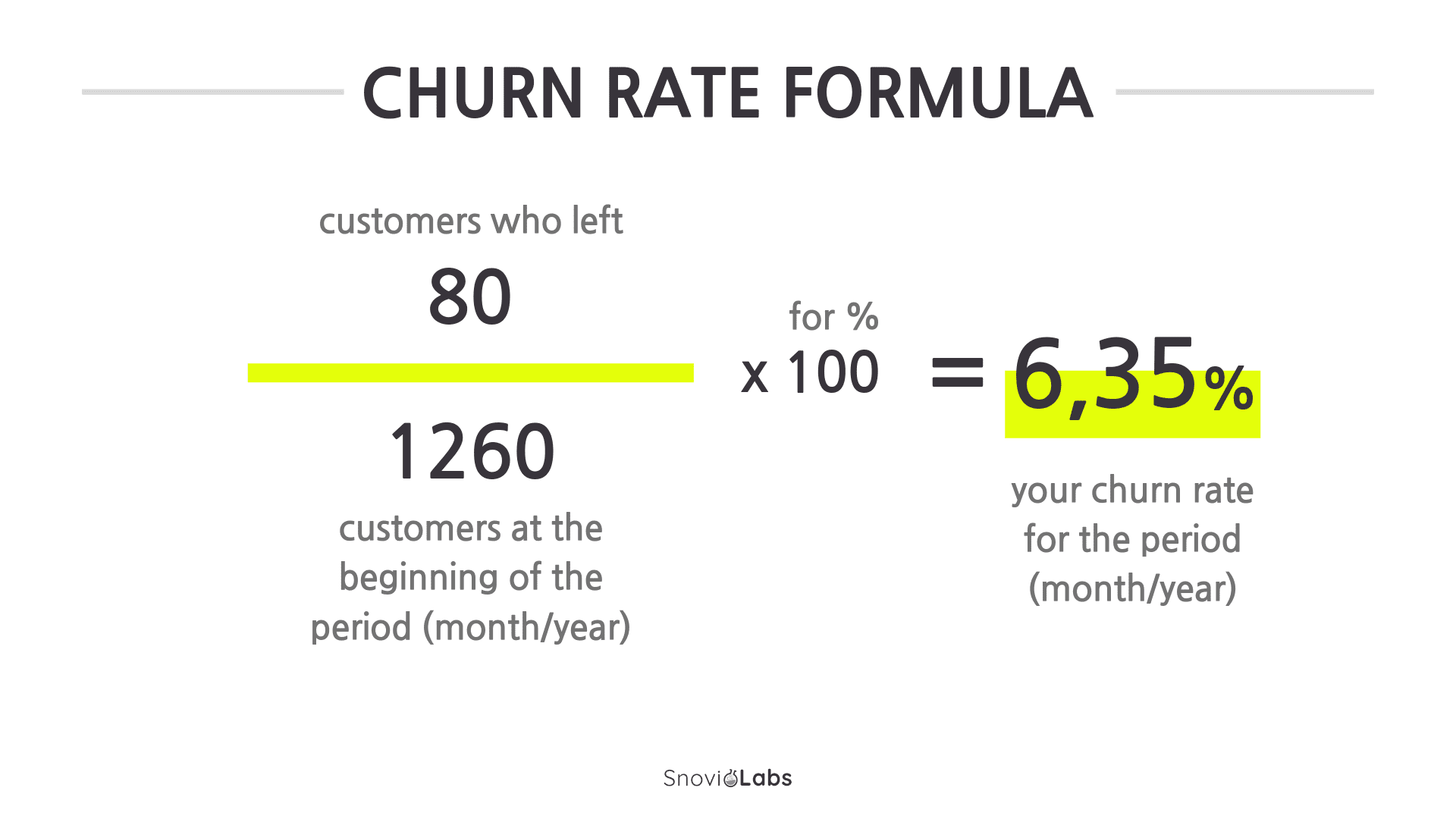
Here’s a simple formula for calculating your churn rate. You want it to be as low as possible, but it’ll almost never be 0%. This is a sales performance metric that you will want to decrease over time. As 72% of sales come from existing customers, the more you can keep, the better.
4. Customer Response Rate
A customer response rate is the percentage of outreach efforts that receive a positive response from prospects. Outreach communication is essential to gaining more customers, and as such, it needs to be tracked and managed appropriately. A weak customer response rate could reveal weakness in your messaging, or perhaps a misfire when it comes to your target audience.
Sales outreach isn’t just about calling past and present clientele. By engaging through every form of communication from phone to email, text messaging to social media, you can communicate with future prospects and previous customers that have gone cold.
You can regularly check response rates, email open rates, and click through rates using analytic tools such as:
- Hubspot
- Mailchimp
- Constant Contact
If you’re looking to improve your customer response rate, follow the advice outlined in the video above!
5. Customer Acquisition Cost (CAC)
The Customer Acquisition Cost measures the cost of a sales and marketing endeavor that has led customers to purchase your product or service. You should monitor your CAC carefully to maximize the business’s profitability.
By using a CRM, you can observe your expenses easily and remotely. It generates all the percentages you need when it comes to a marketing campaign, so you can keep a tight lid on overspending.
You can keep track of your CAC with the following formula:
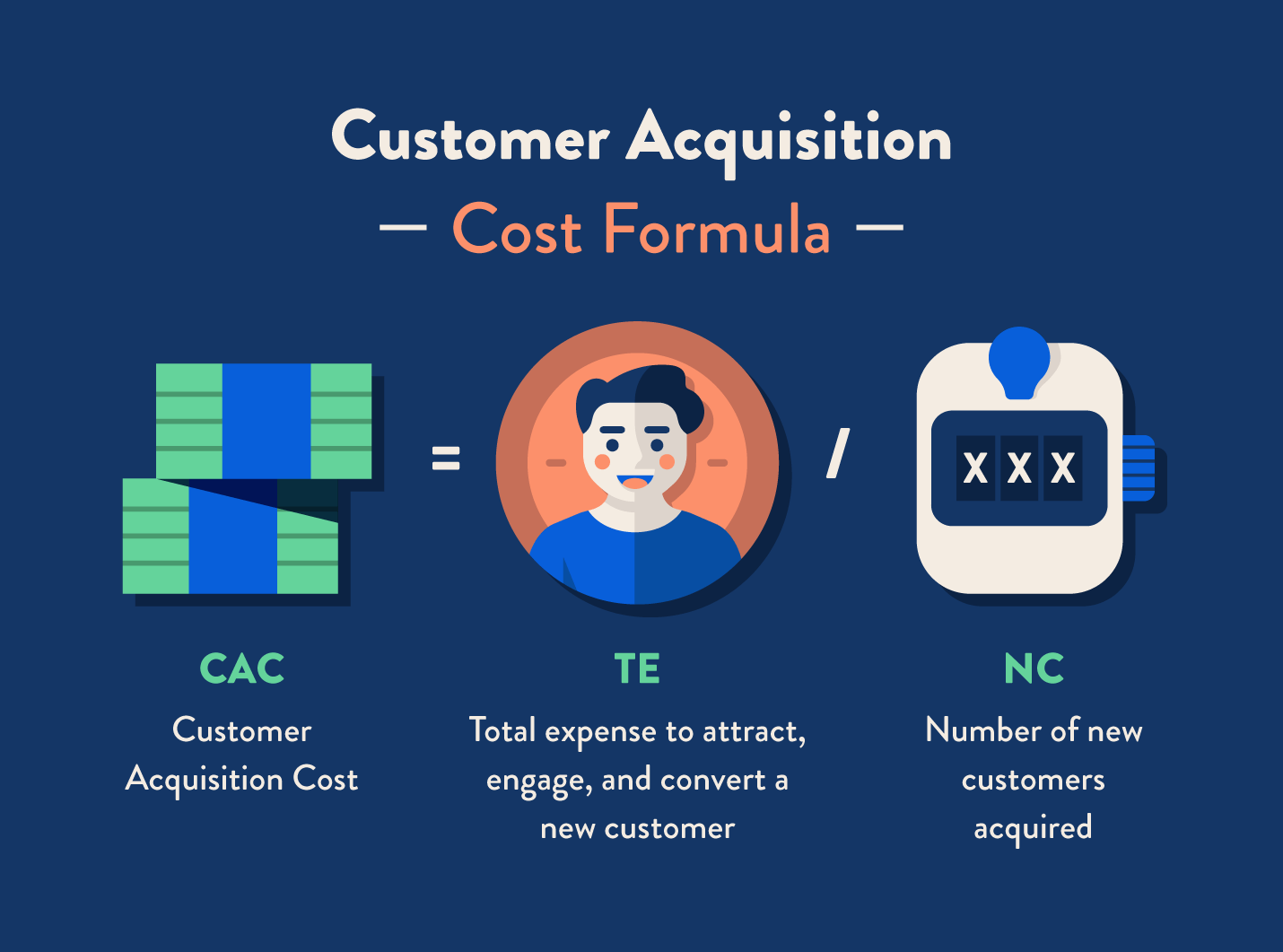
6. Sales Pipeline Velocity
Sales pipeline velocity is the speed at which prospects move through your pipeline and become customers. It lets you know how long it takes customers to convert on average, which can help massively with sales forecasting.
Check out the infographic below to calculate your own sales pipeline velocity and track it with your other sales performance metrics.
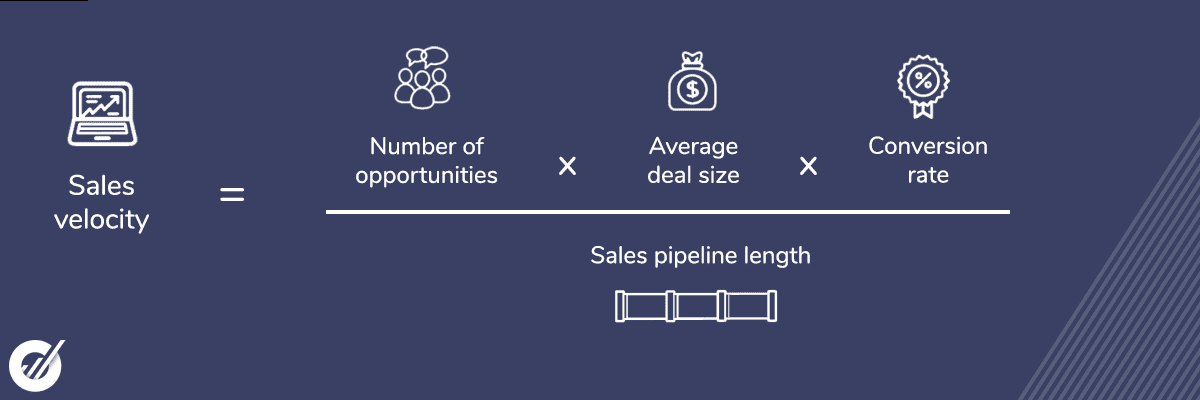
A healthy pipeline equates to a healthy business. Being able to pinpoint weak points and barriers that stand in your prospect’s way is one of the strongest benefits of analyzing a sales pipeline velocity metric.
It’s important to refine it regularly so that your customers experience the most seamless onboarding.
"Every sales manager lives in fear their sales pipeline is a bunch of fluff. In today's instant gratification world, uncovering a sense of urgency and establishing sales velocity is important because it uncovers a slow-moving or, even worse, stagnant pipe."
Dan Tyre, Director Of Sales at HubSpot Tweet
Improving Sales Skills for Remote Teams
You need to continuously improve sales skills to survive in today’s dynamic sales landscape. This is especially true for remote sales reps that don’t receive in-house training. Self-learning is one way in which sales reps can up their game.
James Clear, the author of Atomic Habits makes it clear that almost everyone wants to improve. It doesn’t matter which skill for this example, the point is that people want to get better at what they do. The problem comes with big goals and not feeling accomplished. Clear suggests to focus on “atomic habits” – tiny habits that incrementally lead to big gains.
Listen to him talk about it himself below.
The 1% Method
James Clear isn’t the only one to advocate for 1% gains. Sir Dave Brailsford, general manager and performance director of team sky (Great Britain’s professional cycling team), had to achieve a feat with his team that nobody before him had succeeded with: win the Tour De France.
Brailsford’s philosophy and strategy was simple; he believed in “aggregation of marginal gains.” His belief was that if you improved every area related to cycling by just 1 percent, then those small gains would add up to remarkable improvement.
The beauty of this theory is that it can be applied to anything and it’s no different in remote sales. Honing your skill set and continuously improving, even if it’s just by a marginal degree each week, will make you a better salesperson.
With markets constantly changing and new technologies coming to the fore, sales professionals must continually learn how to adapt and effectively navigate the ever-changing dynamics of the sales market. Basically, you have to change to keep up to date; there’s no reason you shouldn’t be implementing the 1% marginal gains method.
"If you can get 1% better each day for one year, you’ll end up 37 times better by the time you’re done."
James Clear, Author of Atomic Habits Tweet
There are some sales skills that are instrumental to building strong relationships with prospective buyers. Active listening to boost empathy is one such example. Empathy allows you to share your prospect’s perspective and feelings, giving you a gateway into how they think and feel. By doing this, you build deeper connections which increases trust. Trust, in turn, increases the likelihood of a sale and a long-lasting customer relationship.
Furthermore active listening involves categorically engaging with the prospect, trying to gain insight and understanding for their preferences and concerns. By actively caring and showing concern, you can delve deeper into a customer’s thought process and tailor-make your sales approach based on their individual needs and the sales performance metrics you’re tracking.
Check out what Dave Brailsford has to say about the 1% method, and how he used it to achieve unthinkable success.
Important Sales Skills to Consider
Here are some super important sales skills to keep in mind:
- Ask Open-Ended Questions: Ensure that you’re encouraging open dialogue and provoking honest thoughts from your customer. You don’t want to ask leading questions which can riddle your data with bias. Instead, listen with intention and empathy, and ask open-ended questions that allow the prospect to talk freely.
- Use Empathetic Language and Paraphrasing: Use a variety of tone and empathetic language to show your support during virtual interactions. Use phrases like “I understand how annoyed you feel,” or “I understand why you feel that way.” Both show empathy and start building rapport.
Furthermore, paraphrasing your customer will demonstrate that you are actively listening and have some understanding of your customers’ concerns. Phrases that start with “It sounds like youre saying…” or “If I understand correctly,” show that you value their perspective which leads to validation for their concerns. - Learn and Develop: By attending remote workshops, webinars and conferences, you can enhance your empathy and active listening. Many courses are focused purely on building relationships, understanding emotional intelligence, and communication, all of which develop your remote sales skills.
- Identify Body Language: If your interaction is going to be virtual, video conferencing should be the road to go down. Body language and visual cues can provide context for you to understand your customer better.
While it’s not the same as being in the same room together, you can still identify body language remotely, even more so if you’re using tl;dv to record, transcribe, and analyze your meetings. It can identify how long you’ve both spoken for, how frequently you pause, and even allows you to schedule recurring reports across all your sales calls simultaneously, meaning you can witness the body language of all your prospects side-by-side at the same point in your sales pitch.
Taking a Holistic Approach to Sales Improvement
Sometimes in life we have to look forward in time rather than back. Sales call scripts and the jargon that comes with it are so 1990. By looking beyond the age-old concept of sales call scripts, we can find a much more personalized and dynamic approach to dealing with customer interactions.
As mentioned previously, building a genuine connection and rapport is the most effective way to engage with your customers and seal the sales deal. Without having to rely on premeditated scripts, you can have a more creative and flexible sales approach, provoking meaningful conversation which helps you to delve deeper into your customer insights. Also, maintaining a positive mindset and intentionally developing your beliefs to cultivate success is a crucial method to overcome challenges.
By enhancing communication, building rapport, and acting on your sales performance metrics, you can achieve success in sales. It’s also important to hold a regular sales evaluation where you take a deep look at the sales performance metrics you’ve been tracking and work out how to improve.
Focus on the following:

Is Bot-Free Recording Legal?

Honest Otter.ai Review (Dec 2025): Pros, Cons, and Pricing


Mental Preparation
As mentioned briefly, mentally preparing a positive mindset is integral. It helps you to perform at your best level, keeping composed and focused during times of heightened stress.
You can cultivate a positive mindset by visualizing your success, managing your emotions and stress, and establishing clear goals.
In your everyday routines, why not include meditation exercises to help you remain focused and calm? If you’ve never done it before, it’s nothing to be afraid of. Simply sit and be still. Close your eyes and focus on your breath. When thoughts come, acknowledge them and let them go. Try to detach from your ego – that part of you that wants to dive deeper into all these thoughts. They’re not important right now. What’s important is your ability to focus.
You can also recite positive affirmations, visualize intently, or keep daily gratitude lists. In reality, what this does for you is gives you the superpower to transform any emotion into positivity when you need it most. It’s a fantastic tool to have in your arsenal. Jonathan Tang found this out when he started a meditation practice at work after 9/11.
“In the aftermath of 9/11, the employees at my company were noticeably shaky and distracted. I decided to bring in a meditation facilitator to offer people the ability to sit silent for 20 minutes. The room filled up quickly as people really needed an outlet for peace. When the session was over, people who had never meditated before were filled with a sense of calm. It helped them be more present at work and even carried forth to being more present with their families at home.”
Jonathan Tang, founder and CEO of VASTRM fashion Tweet
Tonality
The tone of voice you use is such an important factor when trying to communicate effectively. An empathetic, sincere tone conveys trust and will help you build a rapport with your potential customers. The key to becoming a more persuasive salesperson lies in tonality.
With your peers, practice speaking and listening. Work on different tones with each other. Mirroring one another will help you find the right tone to use during your sales calls going forward. Attending or providing sessions that give you guidance on how to provoke your feelings (empathy, enthusiasm, etc.) during sales interactions is a great way to get you or your team to communicate effectively.
Speed
Being a salesperson that responds promptly to leads can be the difference between securing the deal or losing out to a rival company. Being responsive and fast when communicating can demonstrate a level of attentiveness that instills trust in you and your company.
A very simple yet effective factor to nail down is the speed in which your prospects receive follow-ups. Setting clear time goals and perhaps incentivizing these deadlines will improve the efficiency when dealing with further calls.
AI chatbots and an instant messaging section that provides help in real-time can further alleviate the time concerns in which you follow up. If a customer feels like their questions are being responded to promptly, they will be more willing to purchase your product or software.
Visuals
When you truly captivate your audience, you’re one step closer to converting a prospect into a customer. Visuals using multimedia and presentations can enhance the message your sales company is projecting.
If you can illustrate key points in a creative visual that pleases the eye, it will leave an impression on your prospect whilst hammering home the sales message.
Adapting Old-School Methods to Remote Sales
Important sales skills should also be adaptable. Once you have that tool in your arsenal, it doesn’t matter whether you’re in the office or working remotely, you can still apply the same idea. To be able adapt old school sales methods remotely, communication and team collaboration has to be paramount, along with a degree of technology. Of course, you’ll also have to hold yourself accountable for the work you’ve done.
Incorporating video conferencing to replace face-to-face interactions should be your immediate goal if it’s not already implemented. You’ll also need to get to grips with remote-friendly software and sales tools, such as a customer relationship management (CRM) software that streamlines sales processes and automates all your monotonous day-to-day tasks. It gives you the freedom to focus purely on the important stuff.
Speaking of CRMs, Salesforce is a prime example of a sales company that adapted tremendously to the transition into remote work. As a whole, the company provided virtual training to equip them with remote sales knowledge and the tools needed to succeed in a remote environment. Using their very own CRM dashboard, it became a lot easier to unite and motivate their reps whilst working remotely.
“When you’re away from the office and team infrastructure, missing that external motivation being around others, your sales dashboard grounds you.”
Misha King, Account Executive at Salesforce Tweet
Another one is Hubspot, a CRM software that adapted their sales training to focus on virtual selling. The sales company went above and beyond, developing virtual sales training sessions for their whole team during the pandemic, all to help their sales team enhance their remote selling skills. In addition, Hubspot invested into CRM systems to streamline their sales processes which resulted in their remote sales team maintaining high working levels.
In short, if these companies that were thrust into remote work whether they like it or not could adjust, then you can too. You have the luxury of planning and forethought that these companies didn’t have. You also have the tools and strategies that have worked right before your eyes. In essence, there’s no excuse.
Boost Your Sales Performance Metrics
Improving sales performance metrics in a remote sales industry requires a combination of mastering sales skills and using sales technology that can streamline everything for you. New skills or old, you and your team should aim to get 1% better each time you recap, whether that be weekly, fortnightly, or monthly. Small gains compound and all good sales management should have this drummed into them,
By analyzing sales rep productivity metrics, you can enhance your skills such as empathy, adaptability and also active listening. Furthermore, tracking your sales metrics such as conversion rate, lead response time, and customer churn rate, you can optimize improvements and work on better sales strategies.
If you and your team are committed to continuously honing your skills and effectively using data-driven decision making, then you’d better start collecting those sales performance metrics. It’s time to level up!





